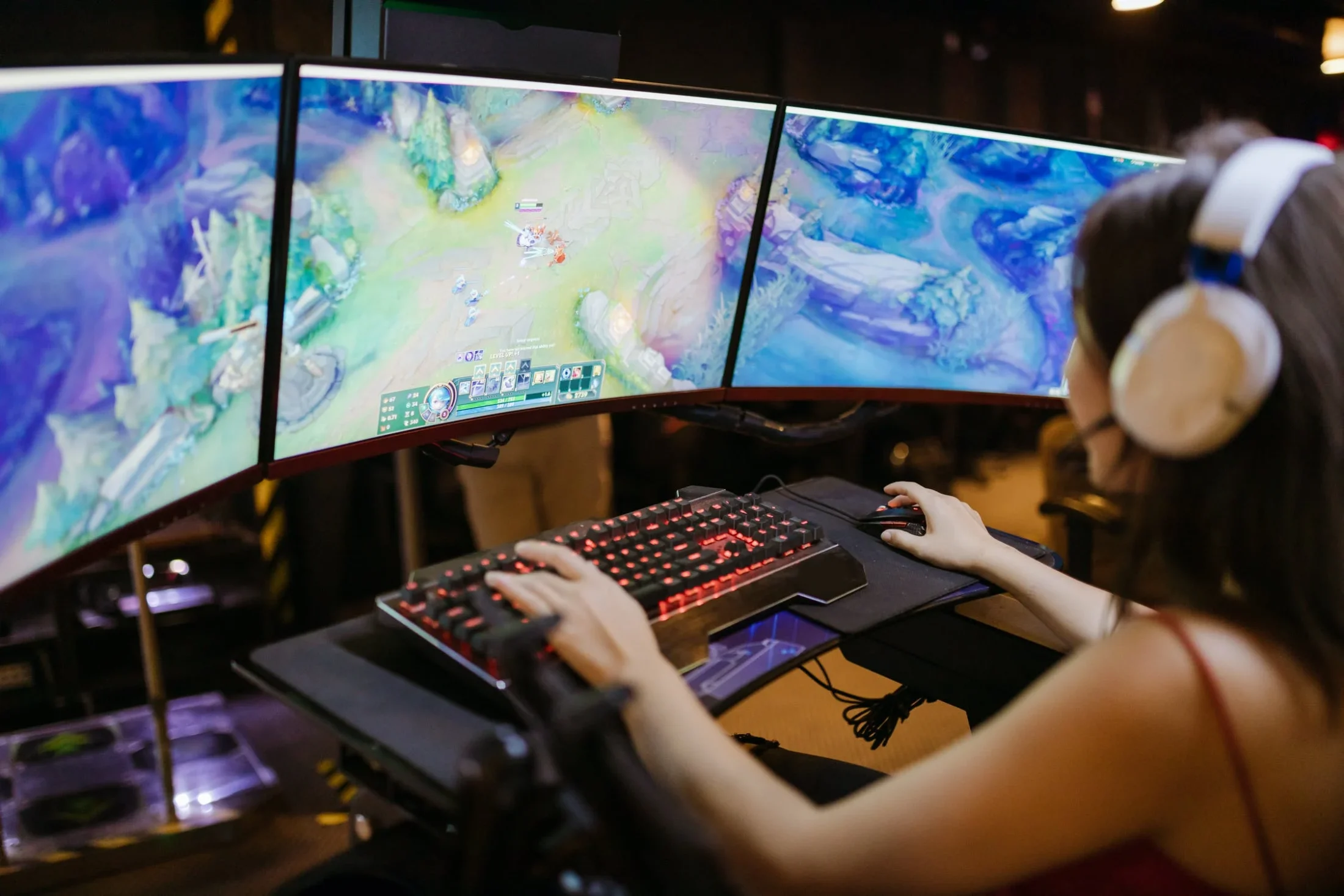Video games have emerged as one of the most prominent forms of interactive entertainment in today’s fast-paced world of technology. These digital marvels are enjoyed by players from all over the globe, being the product of numerous hours of hard work and dedication. They are created by talented individuals known as game developers.
Developing games is a process that combines the best of programming, art, design, and storytelling to create engaging and immersive digital experiences for players. This article explores the fascinating world of game development, with its key stages and the minds required for creating these virtual wonders.
Breaking Down Game Development

Game development is a multifaceted process that requires different types of professionals for maximum efficiency. Below are some of the stages involved:
The Birth of an Idea
Every video game you play and enjoy starts with an idea. This is a spark of creativity that can be ignited by anything, which is required to begin the entire development process. It often involves different phases of brainstorming and conceptualization. At this stage, a team of developers comes together to come up with the game’s core concept, mechanics, and overall vision. They draw inspiration from different sources, such as movies, books, mythology, and personal experiences. These set the foundation for what the game will become, whether it is an action-adventure, role-playing adventure, or puzzle game. Once the concept is developed, they move on to the next stage.
Design and Planning
After coming up with the concept, design and planning are the next stage. This involves the developers creating a blueprint to transform the ideas into a tangible structure. They draw detailed design documents outlining the game’s mechanics, characters, storyline, and environments. These are used as guides for the team or as references throughout the entire process.
Development

The development stage is where all the magic happens. It involves the coming together of professional artists, programmers, sound engineers, and other specialists to create the elements that breathe life into the game. Programmers write lines of code to implement their gameplay mechanics, physics, and networking capabilities. The artists are tasked with creating stunning visuals and bringing every aspect of the game to life with impressive detail and creativity.
Creating Compelling Stories
Storytelling plays a central role in driving the narrative forward, as game developers work closely with narrative designers when creating their stories, developing their characters, and writing compelling dialogue. This requires careful consideration of character arcs and player choices, whether it is a linear narrative with a predetermined storyline or any man. Once they are emotionally invested in the game’s world, it is easier to encourage them to explore further and remain engaged.
Testing

Testing a game is a critical aspect of its development, as it ensures the result is bug-free, polished, and enjoyable for players. Feedback from beta testers and play testers is needed at this stage, as it can shed more light on issues to finetune the overall experience. Quality Assurance (QA) teams play every part of the game carefully, doing their best to uncover any glitches or game-breaking issues. At this stage, the game is also optimized for different devices and platforms to ensure smooth performance and compatibility across hardware configurations.
Release
A video game’s release is the result of months or even years of hard work and dedication. This anticipation is not helped as the launch day approaches and marketing efforts are increased to create awareness and excitement among the gaming community. At this point, the game developers collaborate with publishers and distributors to take care of all logistics associated with the launch, such as packaging, distribution, and promotion. They ensure the game is available on digital platforms and retail stores, depending on the strategy.
Post-Release Support
Launching the game is not the end of the road, as successful developers continue to support their work with patches, updates, and different downloadable content (DLC). All of these are necessary to address lingering after-launch issues and keep the player base occupied. As long as game developers continue to engage player feedback, it is easier to note suggestions and ideas for improving future updates or sequels. Nurturing the game’s resulting community helps to keep it relevant and vibrant long after the initial launch.
Conclusion
Game development is a complex and collaborative process that combines different facets of creativity, storytelling, and technical prowess. From the idea conceived to the final launch and beyond, developers invest their skill, time, and money into creating virtual worlds that can engage and entertain players across the globe. It is due to this intense passion and dedication that there are many video games with their accompanying universes. The next time you find one with a wonderful world to immerse yourself in, remember to appreciate the minds that put effort into creating such a work of art.










